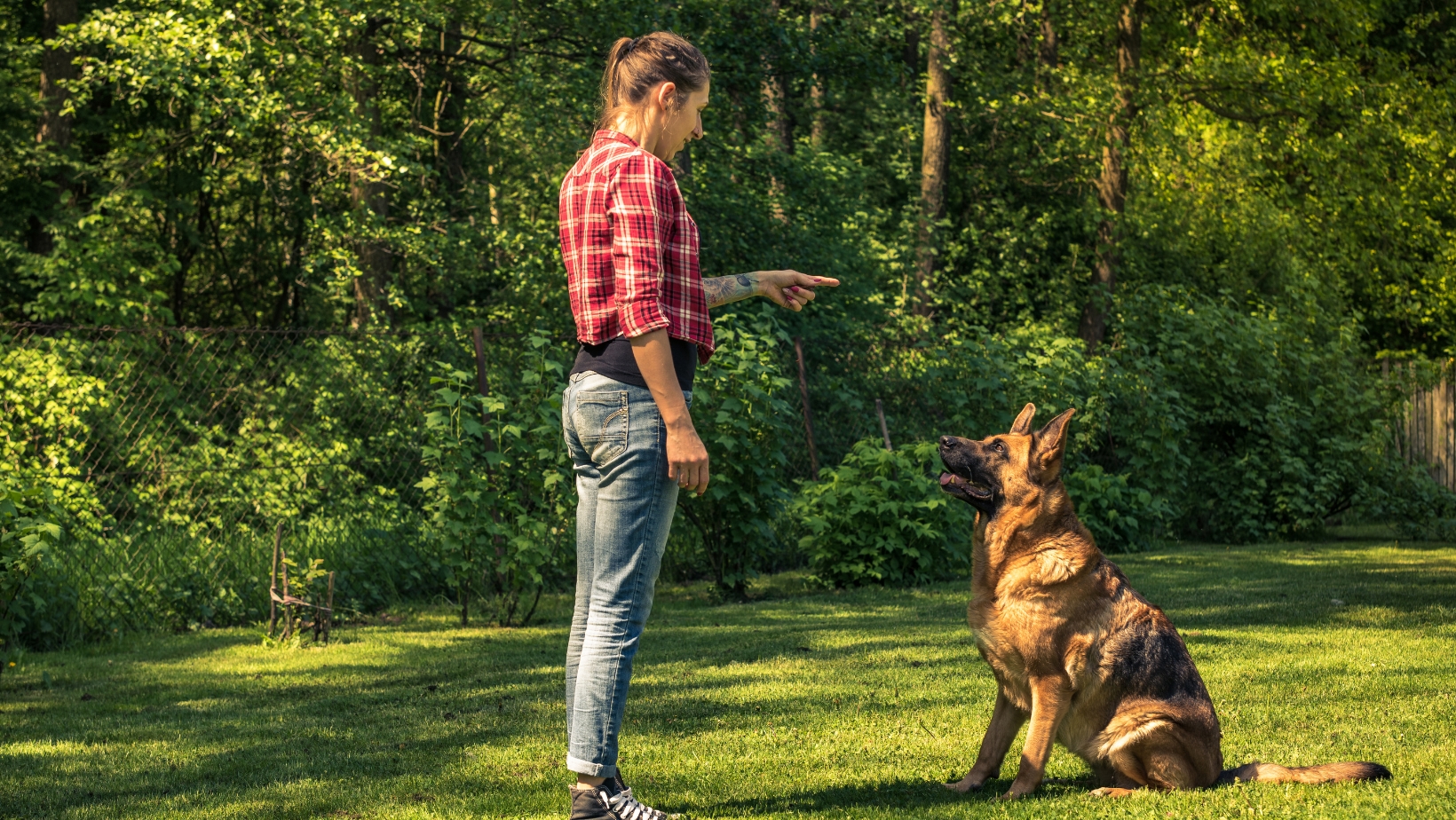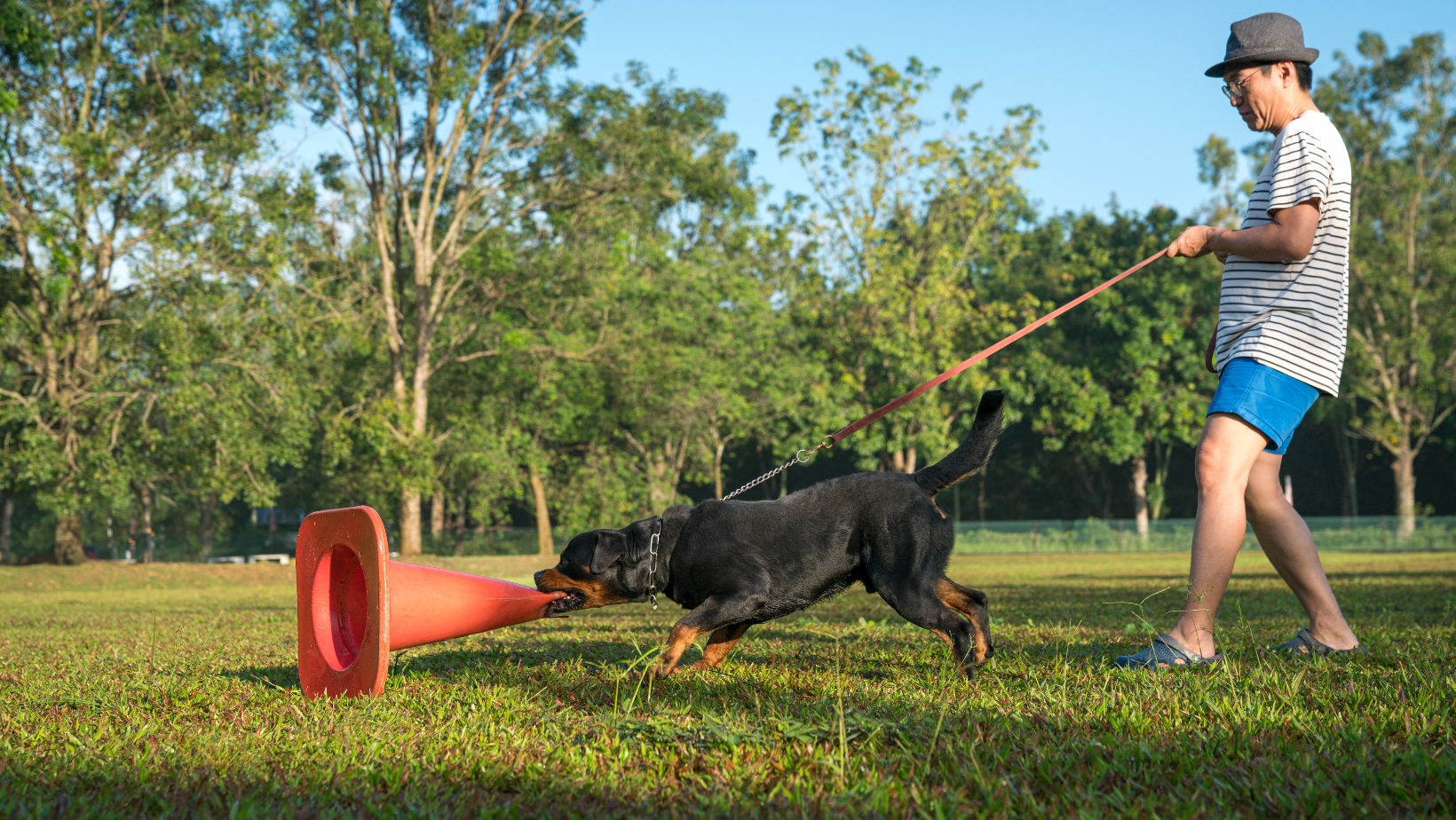Are you looking to understand your canine companion’s behavior better? Our ultimate guide in PDF format will provide you with the secrets behind dog behavior.
Whether you’re a new dog owner or have had dogs for years, this guide will help you decode your furry friend’s actions and improve your bond with them.
NOTE: Get your ultimate guide to dog behavior PDF guide below.
The Basics of Dog Behavior
Understanding dog behavior is essential for any dog owner. Dogs communicate through their behavior, and by understanding what certain behaviors mean, you can better meet their needs and ensure their well-being.
This section will cover the basics of dog behavior, including body language, vocalizations, and expected behaviors.
By the end of this guide, you’ll have a solid foundation in understanding your dog’s behavior and be able to strengthen your bond with them.

Dog Body Language
Understanding dog body language is crucial for effective communication and building a positive relationship with your furry friend.
Here are some standard dog body language signals and their potential meanings:
- Tail:
- Wagging: Generally indicates happiness and friendliness, but the speed and height of the wag can convey different emotions. A relaxed, loose wag usually signifies a content dog, while a stiff, high wag may indicate alertness or tension.
- Tucked between legs: Signifies fear, anxiety, or submission. The dog may feel threatened or uncomfortable in the situation.
- Ears:
- Erect and forward: Indicates attentiveness and alertness. The dog is likely focused on something of interest.
- Pulled back or flattened against the head can indicate fear, submission, or discomfort. The dog may be trying to appear non-threatening or is feeling anxious.
- Eyes:
- Relaxed and soft: Generally a sign of a calm and content dog.
- Dilated pupils: Can indicate excitement, fear, or arousal. In certain situations, it may be a sign of aggression or discomfort.
- Body posture:
- Relaxed and loose: Typically indicates a calm and comfortable dog.
- Stiff and tense: May signify fear, aggression, or discomfort. A dog in this posture may be ready to defend itself or is on high alert.
- Cowering or crouching: Indicates fear, submission, or anxiety. The dog may be seeking protection or trying to avoid confrontation.
- Facial expressions:
- Relaxed and open mouth: A content dog. They may pant gently when they’re warm or after exercise.
- Lip licking or yawning can be a sign of anxiety, stress, or discomfort. Dogs may do this when they feel uncertain or want to diffuse tension.
- Bared teeth: Indicates aggression or a warning sign. This is often accompanied by other symptoms of attack, such as a stiff body and growling.
- Vocalizations:
- Barking: Dogs can bark for various reasons, such as alerting to something, expressing excitement, or signaling discomfort or fear.
- Growling or snarling: A clear sign of aggression or a warning signal. Paying attention to the context and other body language cues is essential.
Individual dogs may have unique body language quirks, and it’s essential to consider the overall context and their personalities.
Understanding Canine Communication
Dogs communicate through a combination of body language, vocalizations, and behaviors.
By understanding these forms of communication, you can better interpret what your dog is trying to tell you. Body language includes tail wagging, ear position, and posture, while vocalizations range from barks and growls to whines and howls.
Respond to these cues to ensure a positive and healthy relationship with your furry friend.
Typical Dog Behaviors and Their Meanings
Dogs exhibit a wide range of behaviors, each with its meaning. Understanding these behaviors can help you better communicate with your dog and address any issues that may arise.
Some common behaviors include tail wagging, which can indicate happiness or excitement, and ear position, which can show attentiveness or fear. Observing your dog’s body language and context is essential to interpret their behavior and responding appropriately.
Training Techniques for Positive Behavior
Positive reinforcement is one of the most effective training techniques for encouraging good dog behavior.
This involves rewarding your dog with treats, praise, or playtime when they exhibit the desired behavior. For example, if you want to teach your dog to sit, you can give them a treat every time they sit on command.
This positive association will motivate your dog to repeat the behavior.
It’s essential to be consistent and patient with your training, as it may take time for your dog to fully understand and respond to the desired behavior.
Addressing Behavioral Issues in Dogs
Addressing behavioral issues in dogs is essential to being a responsible pet owner.
Whether your dog is exhibiting aggression, separation anxiety, or destructive behavior, it’s crucial to address these issues positively and effectively.
One approach is to seek professional help from a certified dog trainer or behaviorist who can assess the situation and provide guidance on modifying your dog’s behavior.
Additionally, understanding the behavior’s underlying causes can help develop a tailored training plan.
Remember, patience and consistency are key when addressing behavioral issues, and with the right approach, you can help your dog become a well-behaved and happy companion.
Dominant Dog Body Language
Dominant dog body language can vary depending on the individual dog and the situation. Dogs displaying dominant behavior may exhibit several signs.
They often hold a stiff and upright posture, projecting confidence. Direct eye contact is standard as they try to establish control or challenge others. Their ears are usually erect and forward, showing alertness.
Dominant dogs may attempt to mount other dogs or people to assert dominance.
They may also push or lean into others, physically asserting their position. Resource guarding, such as growling or aggression when approached, is another sign. Some dominant dogs may use their mouths to exert control through gentle mouthing or light nipping.
They often occupy more physical space by spreading their legs or sprawling on furniture. It’s important to consider that dominance can also stem from fear or insecurity. Proper interpretation of a dog’s behavior requires understanding the overall context.
Consult a professional dog trainer or behaviorist for guidance if you have concerns.
Abnormal Dog Behaviour
Abnormal dog behavior deviates from what is considered typical or expected in dogs.
These behaviors can indicate underlying physical or psychological issues. Some abnormal dog behaviors include aggression, excessive fear or anxiety, compulsive behaviors, excessive barking or howling, destructive behavior, self-injury, sudden changes in appetite or weight, and pacing or repetitive movement.
If you notice any abnormal behaviors in your dog, it’s essential to consult with a veterinarian or a professional dog behaviorist.
They can help identify the underlying cause and develop a tailored plan to address the behavior and improve your dog’s overall well-being.


